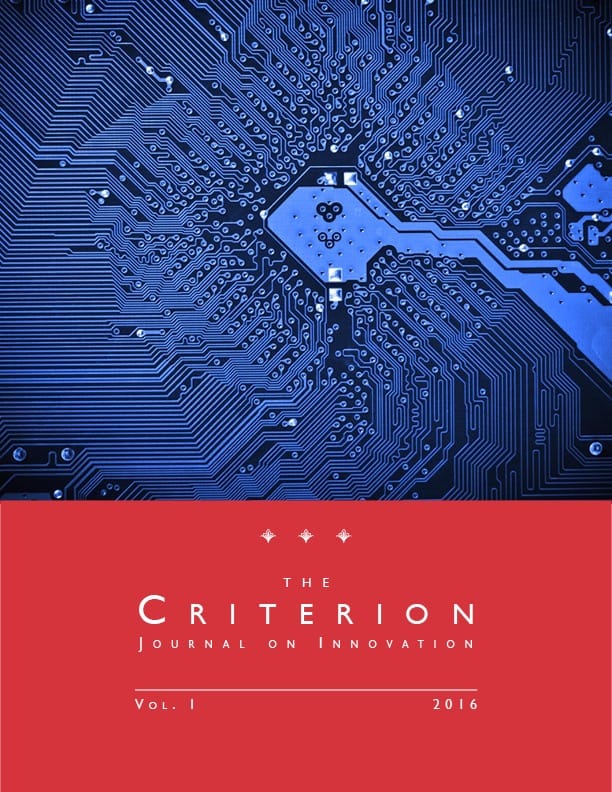Tournaments and FRAND Royalties
Purchase a reprint version of the Article (Amazon) | Read the Article (PDF) | Download the Article (PDF) Download the Article (PDF)From 1946 through 1957, the World Championship of Golf, held annually at the Tam O’Shanter Country Club in Niles, Illinois, awarded the highest first prize of any golf tournament. The 1953 World Championship, whose first prize was $25,000—equivalent to $222,970 in 2016 dollars—became the first nationally televised golf tournament in the United States. Approaching the eighteenth hole in the final round, Lew Worsham—a 35-year-old professional golfer from Pittsylvania County, Virginia—trailed the leader, Chandler Harper, by a single stroke. Worsham needed to hole the ball in three strokes (one under par) to tie with Harper, or in two strokes to win. Worsham’s drive left him more than one hundred yards from the hole. On his second stroke, he shot an approach. The gallery of spectators obscured his view of the green. He lost sight of the ball for a moment. The crowd’s roar of amazement was the first indication of what Worsham’s swing had wrought: an eagle. Worsham had won the 1953 World Championship of Golf and its $25,000 first prize.
The 1953 World Championship of Golf is an example of a tournament—a competition in which each participant’s payoff depends on his relative performance. Even though Worsham defeated Harper by the closest of margins, the difference between the size of Worsham’s first-place prize and that of Harper’s second-place prize was, to say the least, more than marginal. In this essay, I explain how, in economic terms, collective standard setting resembles a tournament, and I show how the economic scholarship on tournaments can inform legal analysis of FRAND royalties.
Proponents of the patent-holdup conjecture implicitly model competition among different technologies for inclusion in a standard as a static Bertrand pricing game without (1) any capacity restraints, (2) any product differentiation, and (3) any outside option for the inventors. On the basis of those improbable assumptions, proponents of the patent-holdup conjecture suppose that the FRAND royalty for the technology chosen for inclusion in the standard will approach zero.
That conclusion is wrong. It violates the predictions and real-world observations of the economics of tournaments. No firm would enter a tournament whose first-place prize is “effectively zero” if it cannot recoup its participation costs. Further, SSO members would not invest in developing a technology that might win the standard-setting tournament if the difference between the payoff from winning and the payoff from losing were negligible. Instead, modeling standard setting as a tournament whose winner receives a substantial first-place prize—that is, a significant FRAND royalty—is more likely to lead to legal rules for licensing disputes over standard-essential patents that encourage continued investment in innovation and continued participation in collective standard setting.

Cite as
J. Gregory Sidak, Tournaments and FRAND Royalties, 1 Criterion J. on Innovation 101 (2016).
